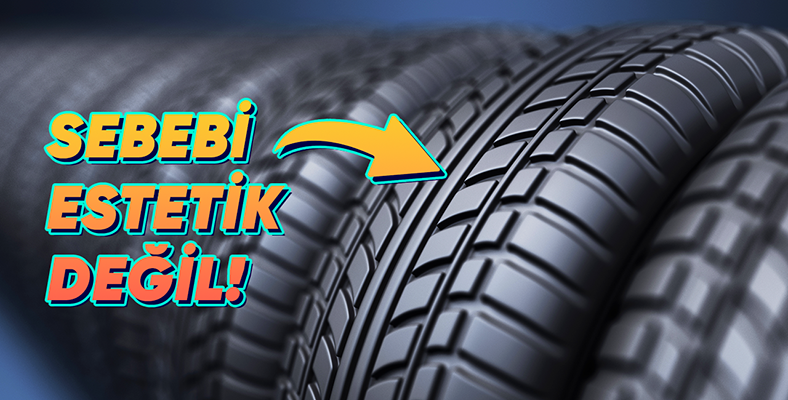If you think that tire patterns are made in different varieties so that they are pleasing to the eye, you are wrong.
Regardless of the brand and value of your car, you must have heard the following sentence a lot:After all, you are driving on four tires.” For the driving safety of the tire in controlling the car vital importance It is an indisputable fact.
Well, besides many other factors in tire design and production, the part of the tire that connects to the road. tread patterns Have you ever wondered about the science behind it?
What do we expect from a tire?
Today’s car user, besides safety and comfort from a tire other features also waiting. A modern tire produces less vibration and noise, has low rolling resistance and therefore consume less fuel are among these expectations.
It is impossible for a tire to provide all of these properties at the same time. While one of these features is provided, it is necessary to make concessions from the other. For this reason set your priority important.
Why do tires have different patterns?
Different tire patterns actually from an aesthetic view It has more tasks.
The patterns you see on tires, including snow/winter tires, off-road tires, racing tires and more, each functioning differently and can be narrowed down to four different designs that provide different benefits:
1) Asymmetrical Back
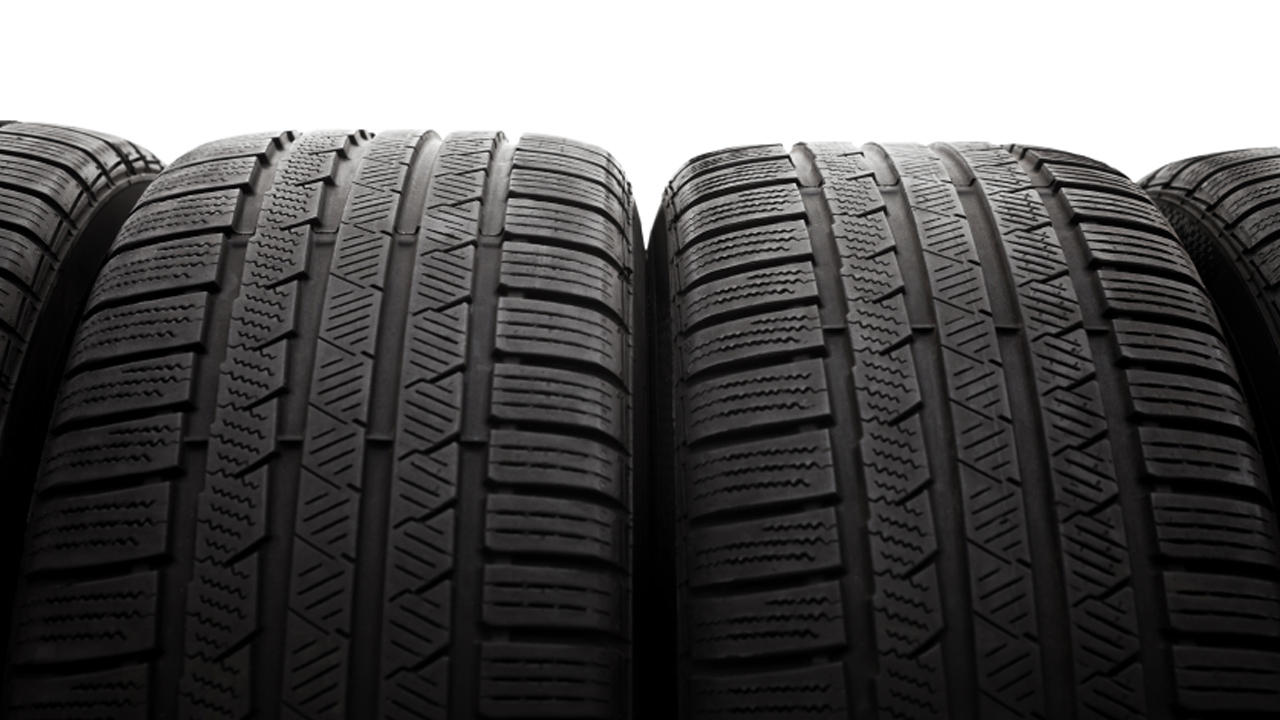
On both sides of the tire, each providing its own benefit and function. to different patterns has.
These tires both dry and slippery Ideal for driving conditions. One side helps drain water and the other side works to provide optimum grip on dry surfaces.
2) Directional Back
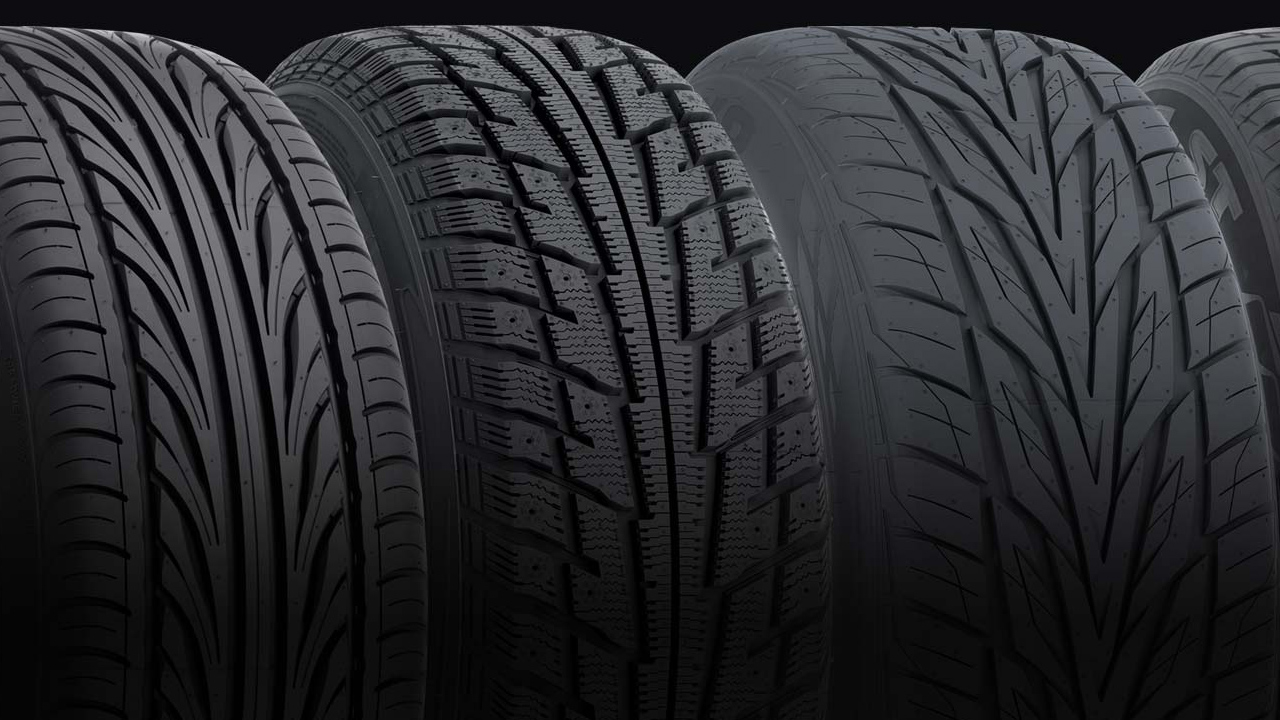
Visible through the center of the tire V-shaped lateral grooves has.
This design is in the water to reduce the risk of aquaplaning/sliding It is designed to help. The deeper the gutters, the better they can handle bad weather. Tires with this pattern are ideal for driving in snow and mud.
3) Directional/Asymmetrical Back
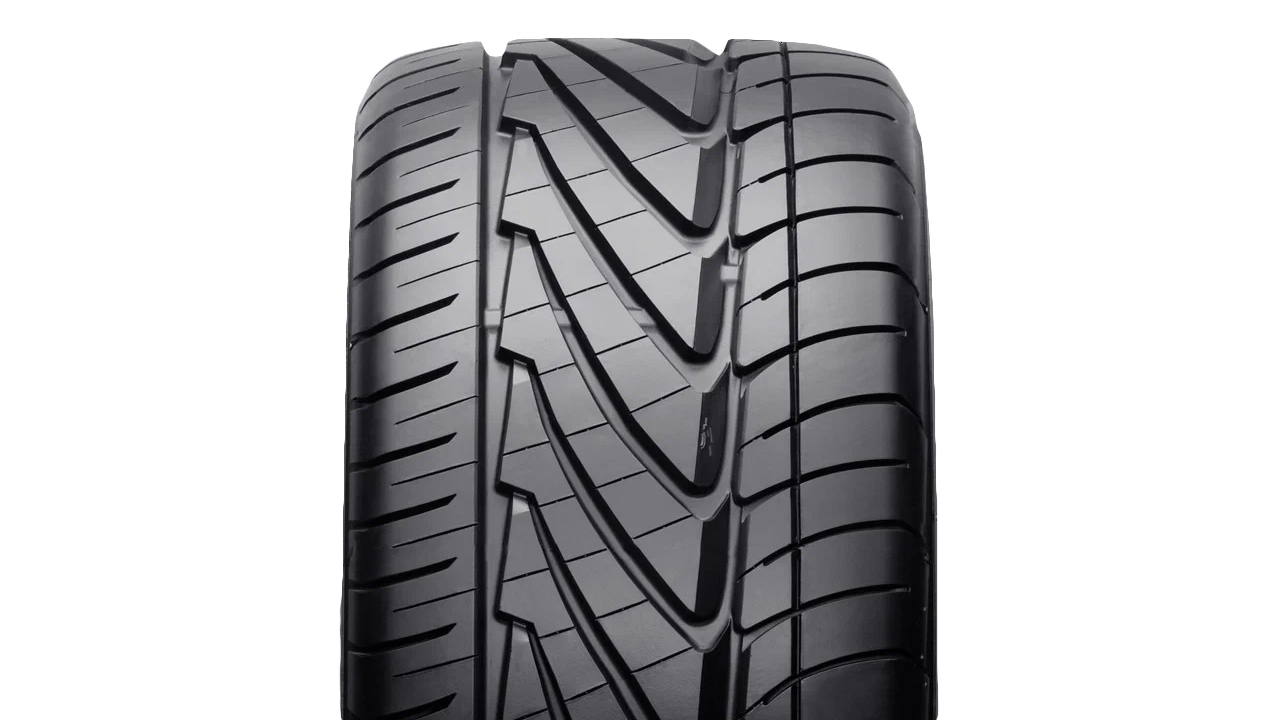
These tires are; to offer the best of both asymmetrical and directional tires in common, including minimal noise, excellent grip and cornering stability, and reduce the risk of aquaplaning It combines both features of directional and asymmetrical tire models.
4) Symmetrical Back
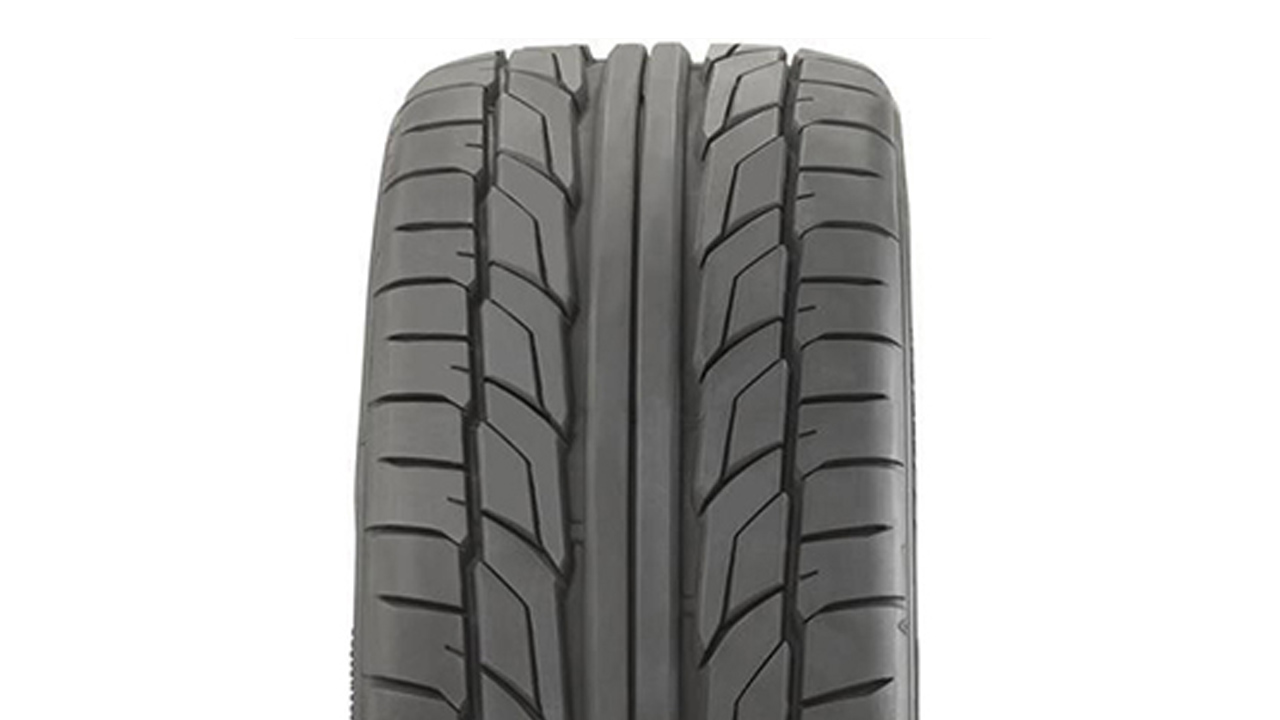
Both halves of these tires have the same tread patterns. These are more is quiet and helps to reduce fuel consumption low rolling resistance they have. These tires is long lasting and most commonly found in passenger cars.
tread patternis not the only factor affecting tire performance. tread composition, tire contour and tire structure; They combine to provide the overall performance of the tyre, and as a result of the interaction between them, tire performance is determined.
RELATED NEWS
Why is the Speed Limit in Tunnels Lower than Normal?
RELATED NEWS
How Big Is Tata, Which Has Brands Like Jaguar and Land Rover, Actually?
RELATED NEWS
If the tires of bicycles are made thin because it increases speed, then why are race cars thick?
RELATED NEWS
The Main Reason Why Some Vehicle Wheels Have 3 Bolts While Some Have More Than 10
RELATED NEWS
Why do normal cars have 4-5 bolts on their wheels, while F1 vehicles reaching a speed of 400 km/h only hold 1 bolt on their wheels?
RELATED NEWS
If the tires of bicycles are made thin because it increases speed, then why are race cars thick?
RELATED NEWS
Why Are “Pumpkin” Tires We’ll Never Put on Our Own Cars, A Formula 1 Essential?
RELATED NEWS
